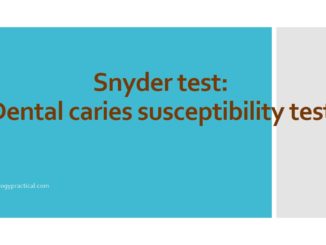
Dental caries susceptibility tests: Snyder test
Principle: Dental caries (tooth decay) is damage to enamel of tooth that develop into tiny holes or openings caused by bacteria. In course of the […]

Principle: Dental caries (tooth decay) is damage to enamel of tooth that develop into tiny holes or openings caused by bacteria. In course of the […]
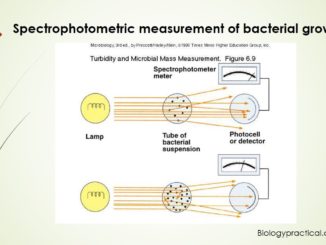
Principle: The quantitative detection of the bacterial population is needed for various studies. There are basically two methods used for the counting of bacterial population […]
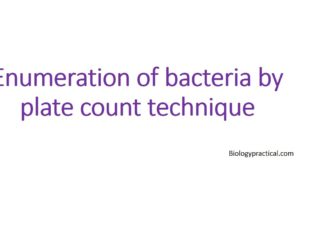
Principle: There are various techniques/methodologies for the enumeration (counting) of bacteria in a given sample. A viable cell count permits to detect the number of […]
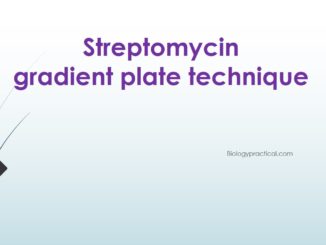
Objectives: To prepare streptomycin gradient agar plate To isolate streptomycin resistant variant of E. coli Principle: A microorganism that manifests a natural, nonmutated inheritance is […]
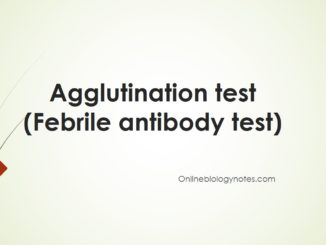
Principle: The febrile antibody test is applicable in the diagnosis of diseases that produce febrile (fever) symptoms. Some of the microorganisms that accounts for febrile […]

Precipitation ring test Principle: The ring or interfacial test is a simple serological method that exemplifies the precipitin reaction in solution. This antigen-antibody reaction can […]
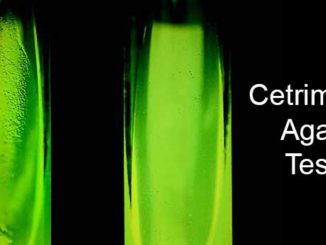
Principle: Cetrimide is a quaternary ammonium, cationic detergent that is toxic to most bacteria, except Pseudomonas aeruginosa and a few other bacteria. Nitrogen and phosphorus […]
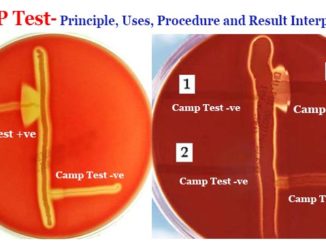
Principle: This test was first described by Christie, Atkins and Munch-Petersen (1944) and the test name CAMP is derived from the initials of the author’s name. […]
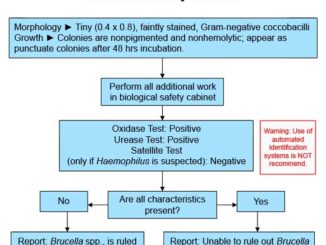
Brucella spp Brucella is a fastidious, aerobic, small, gram-negative coccobacillus that is slow growing and difficult to isolate. Four species of Brucella are recognized causing […]
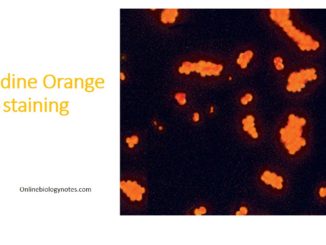
Principle: Acridine orange is a fluorochromatic dye which binds to nucleic acids of bacteria and other cells that causes deoxyribonucleic acid (DNA) to fluoresce green […]
Copyright © 2024 | WordPress Theme by MH Themes